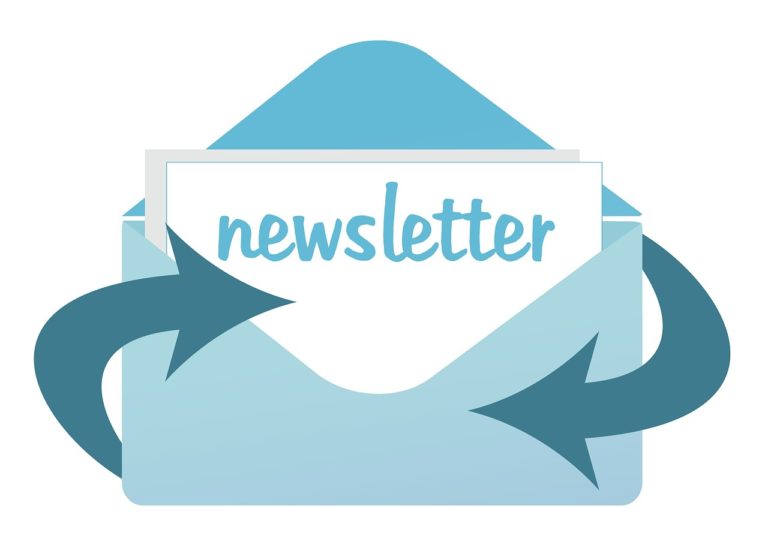

At first glance, when many see the term autoresponder, they think of an email client’s Out of Office automatic reply, A.K.A. a Vacation Responder. That is not what this article is talking about. An Email Autoresponder Series is a style of email marketing that gives you more control, provides better conversion results and is less likely to get flagged as SPAM.
There are lots of tools that you can use to create email campaigns. Three of the most popular are:
This article isn’t going to get into who to use those tools. There are many guides built into those sites in the support areas that will guide you through the use of their tools. What we’re here to focus on is that autoresponse series strategy and how it will make your email marketing far more effective.
Learn from the masters
When you search for resources on this kind of marketing, one of the first names that you find is Andre Chaperon. He is one of the most well-known email and marketing storytellers. This article and video shares a good preview of what he does.
Andre points out how straightout broadcasting of email is not very effective. That is what people largely identify as spam. It is like the junk mail that you chuck in the trash each day. When you set up an autoresponse series, it is a program of communication where your audience has opted in and then you in the driver’s seat to curate their journey through your story. It is the antithesis of email abuse.
Make sure you get through – You can help ensure that your audience is guided to create a filter to allow your email to get into their main email box every time. You can provide a simple graphic or prompt in your “thank you” message asking members of your list set up a filter adding your domain to a list of invited or authorized email senders. By “whitelisting” your name, you will not lose one of your messages into their spam filter.
In his Autorespondermadness.com, Andre specifies what he calls a “follow-up sequence” which may be a more apt name than autoresponder. Using this method, you can control the narrative and the pacing of the story. It isn’t a random broadcast. You’re nurturing them along a path of understanding. You can set the stage for better conversion results.
Your typical one-week, five-email sequence might look something like this:
- A welcome email – day 1
- Content features #1 – day 2
- Content features #2 – day 4
- Spotlights or deeper explanation – day 6
- Call to Action or Free Trial Offer – day 7
These sequences usually build up the product features and lower resistance. By the end of the story, they have learned something, gained a great deal of value and see that the final next-step product offering is a really great next step. This is the end to the sequence.
You can invite your audience with a broadcast to announce a new program or product. Once they opt-in to that, you can start them on another sequence. This is a great way to keep your audience feeling friendly toward your messages. You aren’t just a constant stream of sales pitches. By offering products of different shapes, sizes and price-points, you’re segmenting your audience and far more able to provide what each group needs.
Another master
Kirsten Oliphant is another master of the email marketing sequence. She offers a sequence that is infact, a training workshop on how to send email sequences! It was in her tips that I learned about Andre.
What about structure?
Content is King – Make your message worth reading. It doesn’t have to be long, elaborate or a fragmented newsletter. In the introduction, explain quickly and clearly your point and who you are qualified to expect them to read further.
Simple Design – If you’re structuring HTML emails, they can be much prettier than their basic text counterparts. Don’t damage your message with a design that blows up. A basic layout made up of horizontal rows of content is the most reliable. Art Directors who expect “pixel perfect” designs are ignorant of technology and missing the point. The message should be constructed so that it adapts well to any browser or email client, be they mobile, tablet or PC.
Make Clear Invitation To Act -The call to action is the most important part. If you’re setting the stage in an early part of the sequence, maybe it is just packaging action steps so the audience welcomes slight modifications in their behavior and lowers resistance. Then, by the final offer, you should have explained away any resistance or ambiguity about your offer. Invite them with an easy to spot and very easy to follow link that helps them buy or sign up for the next step you’ve prepared for them.
There are tons of guides and examples of the right way to build a successful email series. Remember, the main difference between conversion and the spam/trash bin is a clear delivery of value. Ask yourself, if you didn’t know what you are about to share, would this be a message you’d like to receive? Is this potentially improving the lives of the recipients?

